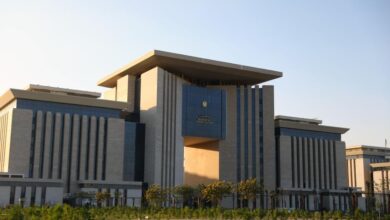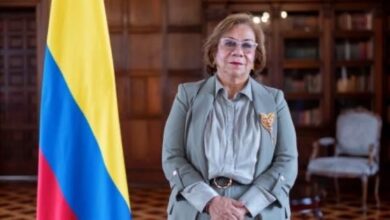The Egyptian government and the United Nations held the first workshop in their “Mobilization of the Dahshour World Heritage Site for Community Development” program on 10 April. The program aims to focus on developing the community while preserving the area’s rich cultural and natural heritage.
The workshop, held under the auspices of 6th of October Governor Fathy Saad at the famous Sakkara archaeological site, was attended by Spanish Ambassador to Egypt Antonio Lopez Martinez, and UN Resident Coordinator James W. Rawley.
“I am confident that programs such as the Dahshour World Heritage Site for Community Development will succeed in improving the quality of life of the people of Dahshour while at the same time contributing to the preservation of the area’s unique cultural heritage and biodiversity for future generations,” Rawley declared in an opening address.
The project has two main objectives: to reduce poverty and to protect and manage the area’s cultural heritage and natural resources. Program organizers hope to reduce poverty through increasing local employment, supporting traditional handcrafts, promoting tourism and developing creative industries.
“The beneficiaries of the project are 40,000 Dahshour residents,” said Program Manager Mohamed Shaker. The project focuses on improving the livelihoods and working conditions of the local population through targeted employment-generation activities, with special focus given to the employment of women and young people, along with the development of small and micro enterprises.
Meanwhile, the program will manage cultural heritage through the preservation of Dahshur’s seasonal lake, a unique natural asset, by coordinating efforts to ensure the lake is preserved in its natural state through community-led conservation. The area surrounding the Dahshur component of Memphis–along with its famous Necropolis–has also been incorporated into the project.
The three-year project officially began in April of 2009. Its first year was devoted to conducting baseline studies, surveys and preparation for poverty-reduction interventions. According to Shaker, the socio-economic profile for the target area has been completed, and most of the cooperating partners have finished–or are currently in the process of conducting–the necessary fieldwork and surveys.
The development program is budgeted at US$3 million, to be provided by the UNDP-Spain Achievement Fund. It brings a number of government agencies together with the Social Fund for Development, including the Environmental Affairs Agency; the Industrial Modernization Center; the Tourism Ministry; the Tourism Development Authority; the Foreign Affairs Ministry; and the Ministry of International Cooperation.
The project represents a collaboration between five UN agencies, namely, the UN Development Program, the World Trade Organization, the UN Industrial Development Organization, the International Labor Organization and UNESCO.
Dahshour is a royal necropolis located in the desert on the Nile’s west bank, roughly 40km south of Cairo. It is known mainly for its several pyramids, two of which are among the oldest, largest and best preserved in Egypt.
In addition to the pyramid complexes, Dahshour also contains a number of other impressive–if less prominent–monuments. These include companion temples to the pyramids and auxiliary tombs for members of the royal family and favored officials. There are also mastabas, or "proto-pyramids" of various queens and princesses, which were found to contain numerous examples of Middle Kingdom jewelry, much of which is currently on display at the Cairo Museum.




